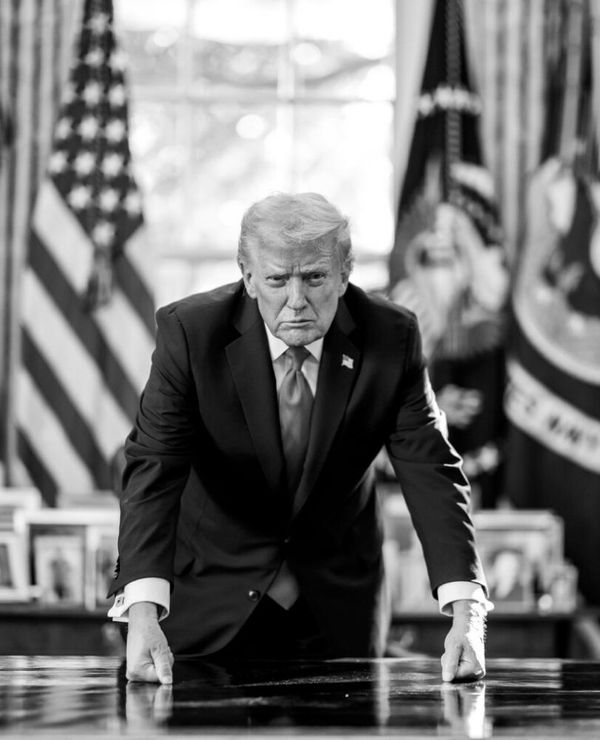
Wild-style graffiti in popping bright colours, a bunch of photorealistic roses and a lofty trademark skull by Smug, one of Glasgow’s most celebrated street artists, adorn the outside walls around SWG3, a multi-purpose arts venue based in a collection of warehouses near the River Clyde.
This former galvanisers’ yard is the site of the annual Yardworks festival, one of Europe’s biggest public art projects, and the centre of Glasgow’s street art renaissance. The trend is apparent around every street corner, from the tourist trails taking in the city centre’s popular gable-end murals to the intricate calligraphy of individual tags.
The city council is exploring options for setting up legal walls where young people can develop their work without fear of arrest. Councillors are discussing how best to channel creative energies in an area that, according to the latest available figures, spent twice as much on graffiti removal as the second-placed council, Hackney in east London.
James Klinge, whose stencil and spray paint mural portraits can be found along Midland Street, underneath Central Station, recalls passersby pausing to chat with him about the work, some offering to bring him a cup of tea.

“Glasgow has such a rich art history, and the murals are bringing that excitement back to the city. People can think of a gallery as a really intimidating place to go into, but anyone that can walk down the street and see this mural in its progress – that’s their art gallery.”
Gary Mackay, SWG’s studio director, points to an abundance of talent across the UK, from Bristol to Manchester, Newcastle and up to Glasgow, “working-class cities with really strong ethics on art”.
A lot of young people struggle to afford formal art education, he says, and risk breaking the law when leaving their mark trackside, on train cars or bus stops. “They’re not going out there to vandalise, they’re out to get their name up, to say I’ve got a talent, trying to better themselves,” he says.
The Yardworks festival and associated workshops and events across the year, give young people with a passion a safer space to try out their styles, and the opportunity to learn from working artists. “You usually find out within the first five minutes if they’ve got a talent and if they’ve got sticking power,” says Mackay.

Lana Reid-McConnell, the Scottish Greens councillor who brought the motion proposing legal walls across the city in the autumn, part of an attempt to formalise the council’s approach to street art, says: “Of course, any offensive or discriminatory graffiti should be removed immediately.”
Her fellow Green Christy Mearns, who supported the motion, adds: “Street art has already transformed many areas of the city, making it more vibrant and interesting while also reducing the costs of graffiti cleanup.
“It is such a positive way of providing opportunities for young people, through commissions, and expanding access to the arts and culture for everyone. Legal walls could certainly reduce stigma around street art.”
Glasgow city council says it is in the early stages of the project, exploring the legal framework needed and identifying suitable council-owned locations for a pilot.

Mackay wants the council to be strategic in its thinking. “There should be lines drawn in terms of legal spaces and better rotational spaces so you don’t get precious about one painting. I’d suggest every gable end in Glasgow is done like that: it keeps communities excited and it keeps visitors coming back. But most of all it gives grassroots artists the space to implement their work.”
Gable-end murals – such as those depicting St Mungo, Sir Billy Connolly and woodland animals peering through peeling paint – that have captured the imaginations of many Glaswegians should be viewed in context too, Mackay says. “They can’t happen without places like this, and that pathway to paying £20,000 for a big shiny mural on the gable end – but if you get caught on that pathway, you’ve every chance of getting a criminal record.”
Yardworks is developing its own mural trail around Yorkhill, Partick and Govan, with an emphasis on diversity. It includes a colourful gable end of a gardening matriarch by Molly Hankinson, the first woman to paint a solo mural in the city.
Mackay and Klinge point out that Glasgow’s street art renaissance is reflected more widely in its growing influence across the board, especially in design and advertising.
“Graffiti is a global art movement that’s been around since the 70s,” says Klinge. “Graffiti artists branch out into street art, and it’s the only art movement I can think of that has been started by young kids on the street.”







